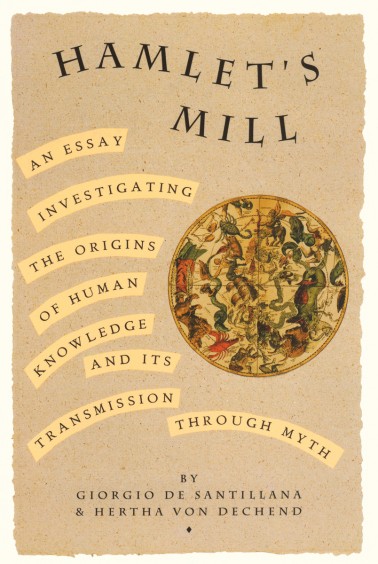I have read and re-read this awesome book, and was just reminded of it by someone liking my review of it on Goodreads. I decided that even though it’s “old” the review might encourage someone to read it and be that much wiser for it…
“This is a dense analysis of ancient mythology in which the authors explain that most myth is not about the adventures of historical human characters but of astronomical bodies. There are similar stories and themes in myths around the world, not necessarily because there was an Atlantis providing a cultural heritage for everyone on earth, but because everyone observes the same skies.
The sun always appears to make the same annual journey through the background stars, and ancient cultures were also very much aware of precession. This is where it gets the most interesting. It’s all well and good to notice Mars takes roughly two years to complete an orbit, and to write stories about a character with warlike attributes who returns after a two year journey, as von Dechend notes in the preface to the book. It’s much more impressive to see that many cultures understood the almost 26,000 year cycle of the precession of the earth’s axis. Such knowledge tells us civilizations were devoting a minimum of several centuries to careful astronomical observation, because it would take generations to notice a one degree change. It would take thousands of years to notice the vernal equinox sun or winter solstice sun moving through various constellations. Yet many cultures did notice, and when they pass down stories involving zodiac signs we need to decide if they are extremely ancient clues which time the stories to distant epochs. Is a golden calf about the vernal equinox sun in the Age of Taurus? Is the golden fleece about the sun in Aires? Are stories of lions about the age of Leo? If so, then civilization goes back much further than we have been taught to believe.
Themes the authors focus on include the “Mill” of the title, with spinning millstones representing the circular rotation of planetary orbits and our own planet around its axis, generating our view of a spinning sky. As so many ancient cultures have myths about the world tree (used as an axis shaft) being chopped down or having its roots gnawed away at, or the sudden unhinging of the mill peg, and the destruction of the mill, we must wonder why ancient writers did not view the pole of rotation as a permanent fixture. Is it merely because they noticed gradual change, with a series of pole stars over the 25,800 years of precession? Or did they survive more than mere gradual change? Were there sudden pole shifts in which the entire surface of the earth suddenly changed position, with earthquakes and tidal waves and the demise of great civilizations?
The authors, early on, mention “catastrophes and the periodic rebuilding of the world.” (p. 3) Such events would certainly be the focus of any writing done by survivors in the generations following such an event – and one good way to convey knowledge of such ideas through generations of post-catastrophe dark-ages would be to simplify the scientific and mathematical principles into myth. So we see the same unusual numbers in Egypt, in Norway, in India, in Mexico… and we are taught some science without necessarily realizing what we pass on to the next generation.
“Hamlet’s Mill” would have benefitted greatly from better editing. A huge mass of relevant material is presented, but not organized with the flow of a well-honed argument. I think the information presented was ground-breaking, and as an author myself, I found it extremely useful. My own discovery of specific patterns in ancient writing may not have been deciphered had I not read “Hamlet’s Mill” and other great books on mythology and astronomy and ancient history.
Readers interested in an analysis of ancient myth may want to read Joseph Campbell’s “The Mythic Image” or for an archeoastronomical denconstruction of myth, perhaps Hancock and Bauval’s “Message of the Sphinx” or Hancock’s “Fingerprints of the Gods.” “Hamlet’s Mill” merely hinted that major religions may really be more about astronomical processes than we thought, but for more such astrotheological analysis of the major religions read books by Acharya S like “Suns of God” or “The Christ Conspiracy.” Weidner and Bridges’ “The Mysteries of the Great Cross of Hendaye,” Michell’s “The Dimensions of Paradise,” the Flem-Aths’ “When the Sky Fell,” my own book: “End Times and 2019” (and now years later, my recent book on POLE SHIFTs) and Hapgood’s “Maps of the Ancient Sea Kings” are probably all of great interest to anyone who likes “Hamlet’s Mill.”

